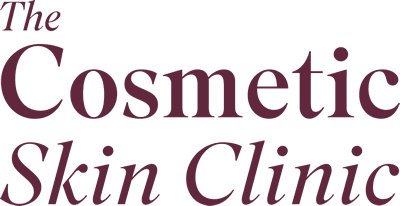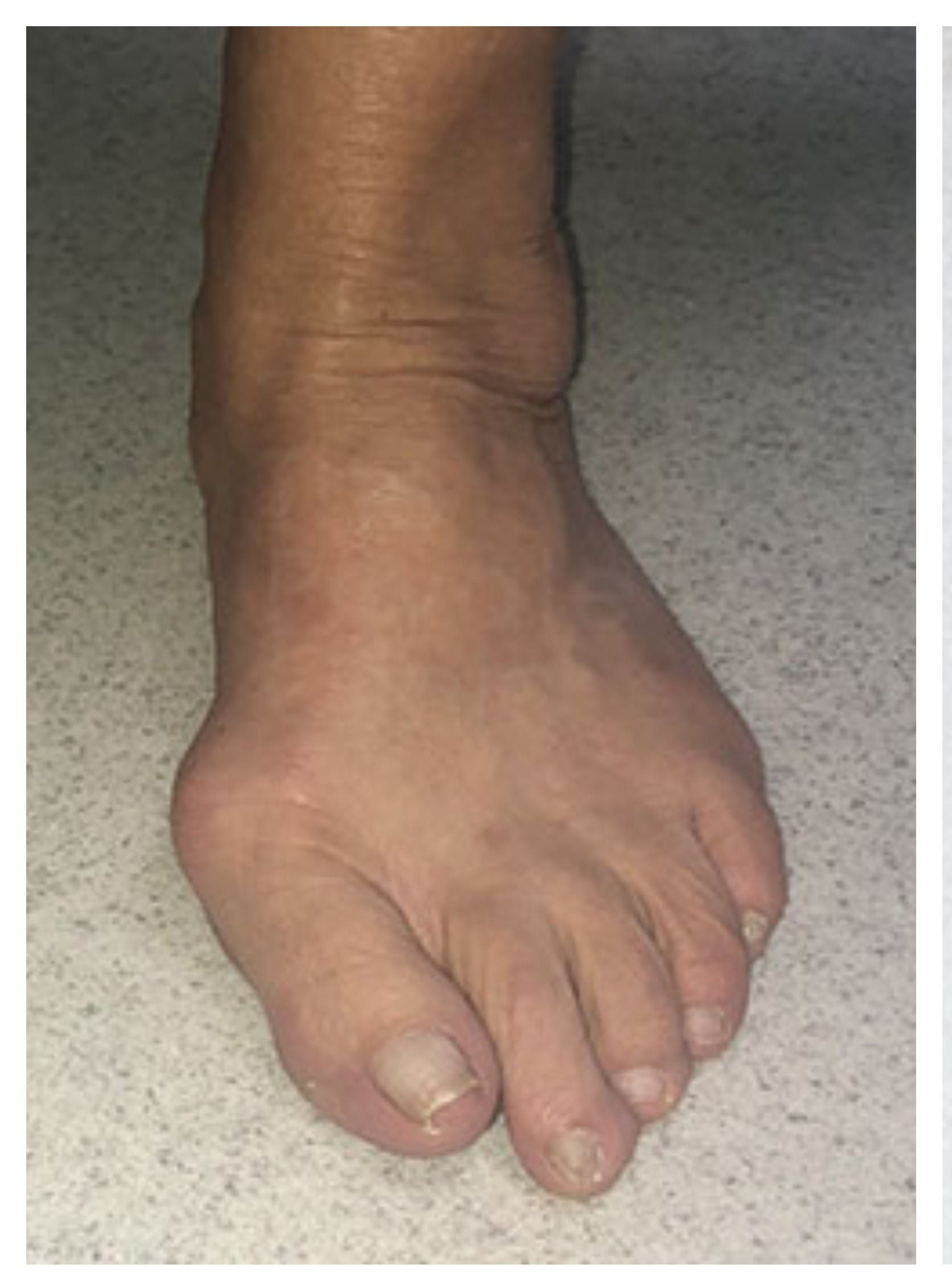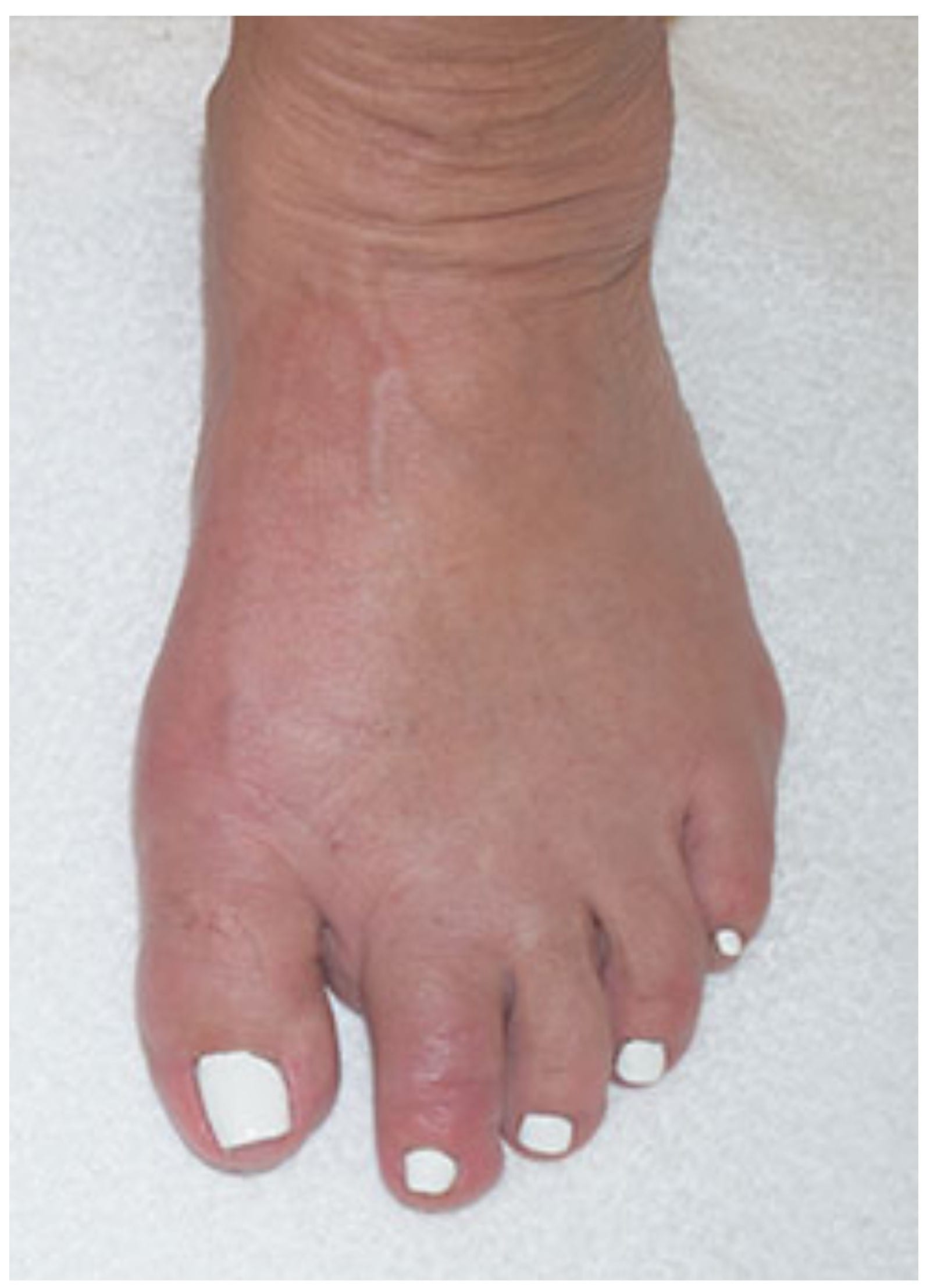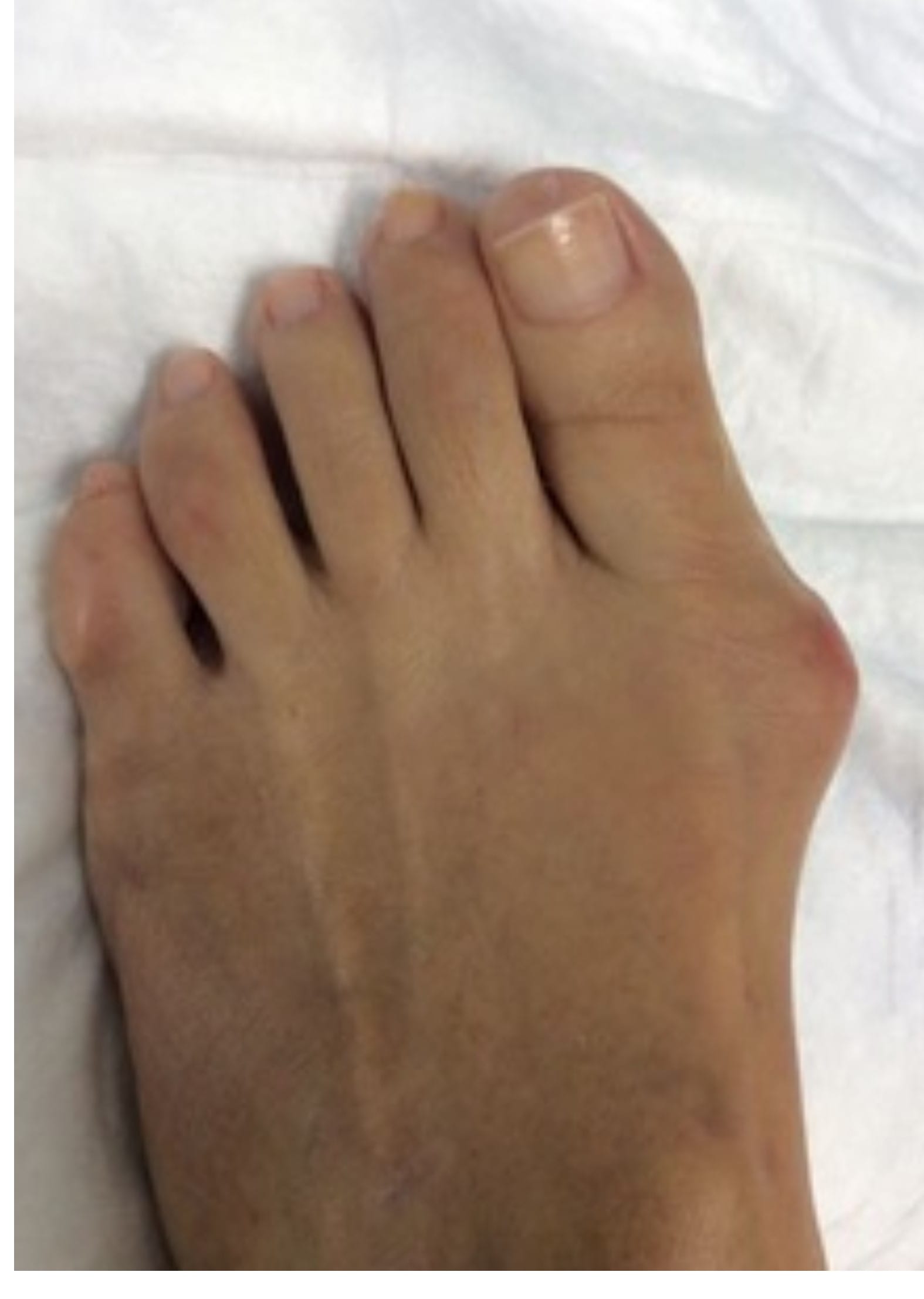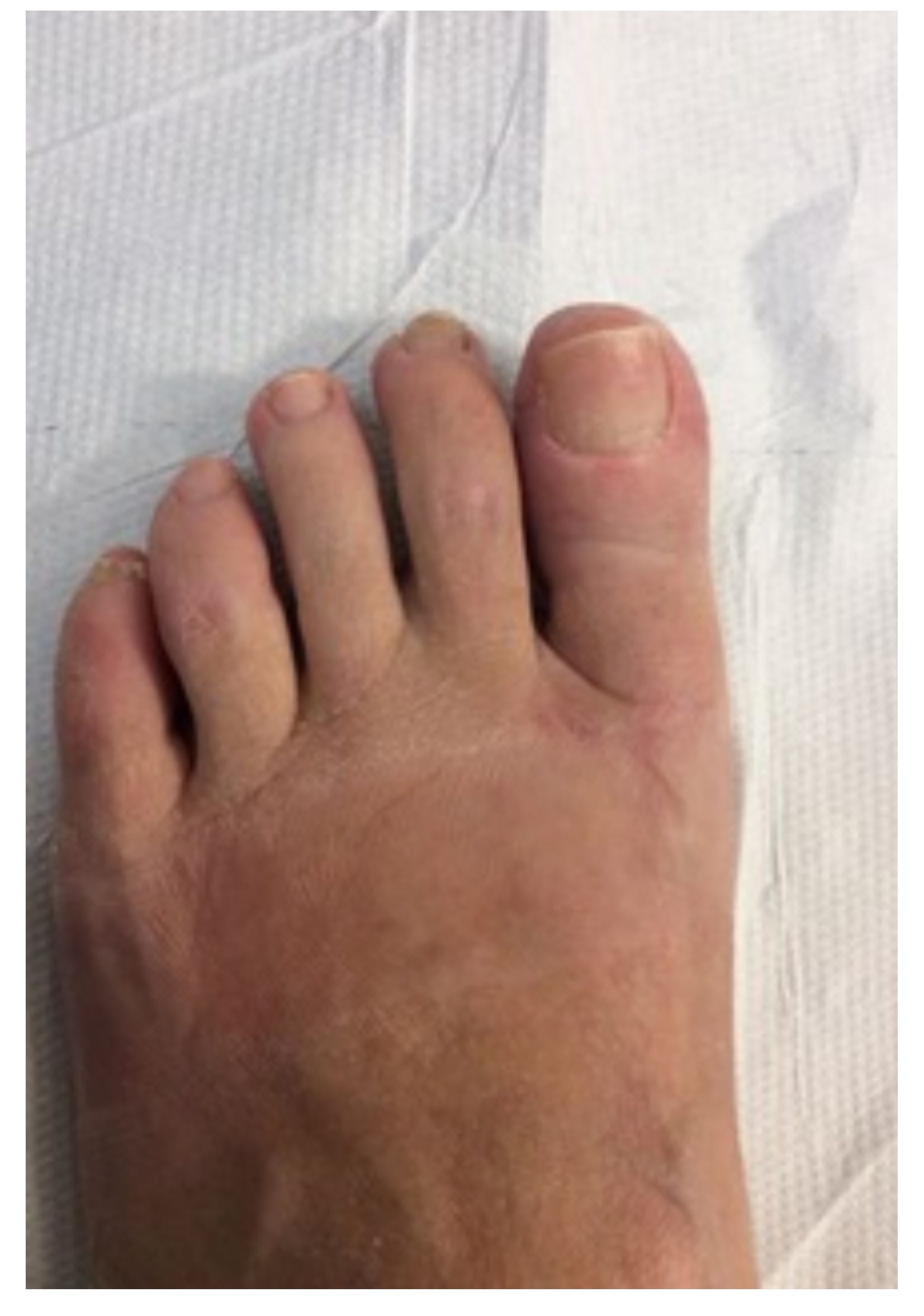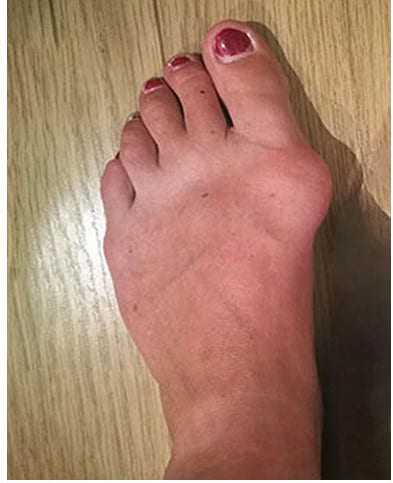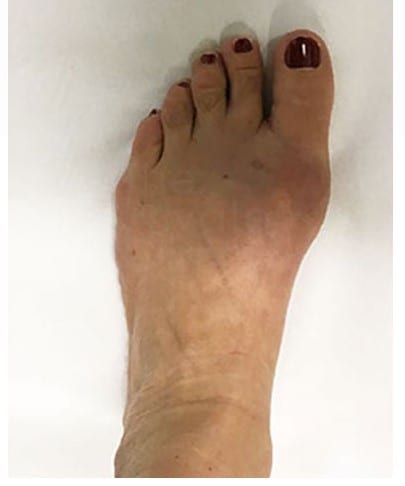An important message from our team!
Bunion Treatment
“Remove bunions quickly and effectively with our unique minimally invasive treatment.”
By Dr. TRACY MOUNTFORD on Bunion Treatment
Bunion Removal Surgery
Bunions are bony lumps that often form on the side of the feet. They can cause a great amount of pain and discomfort as well as being aesthetically unpleasing. For some, it can make choosing footwear a chore and even simple activities like walking unbearable. While there is a wealth of products on the market to relieve bunion pain temporarily and prevent them from growing in size, the only clinically proven way to get rid of bunions is surgery.
Consultations and treatments are available at our clinic in London.
Medically reviewed by the MDT Advisory Committee for The Cosmetic Skin Clinic, London and Bucks. Last reviewed on 24th November 2024.
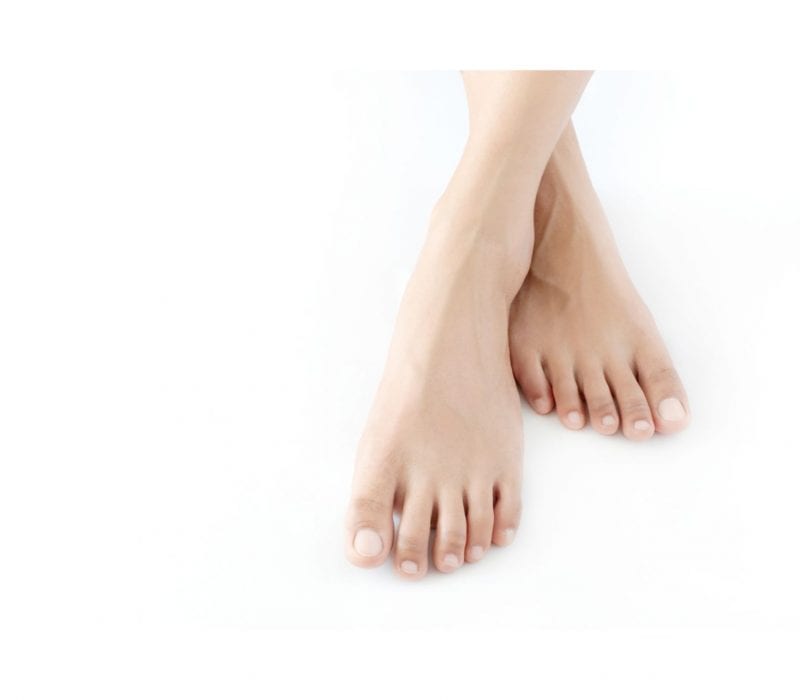
At The Cosmetic Skin Clinic, we collaborate with The Private Clinic, an award-winning UK leader in bunion removal surgery to deliver a leading bunion treatment to our patients. Their minimally invasive bunion removal involves no downtime and fast recovery. It uses an exclusive technique pioneered by their renowned Orthopaedic Consultant Surgeon Mr Andrea Bianchi, MD GMC Number: 7093105, who created a simple ‘walk-in, walk-out’ treatment based on keyhole surgery. This means minimal post-op pain, zero downtime, minimal side effects and a fast recovery. Consultations and treatments are available at our shared London clinic.
Get rid of bunions and their symptoms with our pioneering treatment.
When a bunion forms, many patients seek immediate relief by choosing non-surgical alternative treatments like bunion pads and specialist shoes to alleviate symptoms. While these products provide relief, they do not treat the bunion or significantly reduce its size. The only way for patients to get bunions removed permanently involves using a surgical bunion removal technique.
What is Bunion Removal Surgery?
Bunion removal surgery removes or straightens the deformity of the bone which causes the bony lump to form on the foot. Many different types of operations are available to patients to treat bunions and re-align the foot joint to make the side of the foot straight again. However, in most cases, getting rid of bunions using surgery is fraught with complications and side effects. The Private Clinic are one of the only clinics in the UK that has pioneered a breakthrough treatment that minimises damaging side effects and maximises optimal patient recovery.
Benefits of Bunion Removal Surgery
The minimally invasive bunion procedure offered at our London clinic has revolutionised the way that bunions are treated. Patients can walk shortly after having the surgery performed, without the need for crutches, metal fixtures or the permanent scars associated with traditional surgery. The exclusive bunion treatment offers the following key benefits:
– Walk-in-walk out, minimally invasive day case operation
– Quick and easy treatment
– No screws, plates, wires or metal fixtures required
– Minimally invasive keyhole surgery
– No big scars and minimal side effects
– No downtime or crutches needed – you can return to everyday activities immediately
– State-of-the-art medical facilities and superior aftercare support
Bunion Surgery Results
The results following minimally invasive bunion surgery are instant. Patients will be required to wear bandages and a specially designed medical black sandal for 1-2 weeks following surgery. You will be able to walk and stand following the operation. Patients will then return to the clinic where they will be able to swap the sandal for an appropriate trainer or similar shoe. This will then be worn for the next 3 weeks. An x-ray image will be taken of the foot after 1-2 months at your follow-up appointment, where you will be able to compare your results against the x-ray image taken before surgery.
Surgical Bunion Removal Treatments explained
Today, many bunion removal techniques involve long periods of surgical downtime and often result in a significant period of post-op pain. Most private bunion removal surgery requires patients to allow for approximately 6 weeks of downtime where they are not able to walk, work or play sports. Additionally, the standard bunion removal treatments offered by the NHS involve long waiting times in most cases. This means that patients have to go through lengthy periods of discomfort while avoiding everyday activities like sports or walking. This can often deter many bunion sufferers from seeking corrective surgery to solve the problem.
Thankfully, experts at The Cosmetic Skin Clinic have worked with leading Orthopaedic Consultant Surgeon Mr Andrea Bianchi to provide an exclusive minimally invasive procedure that treats bunions quickly and effectively to our patients. Mr Bianchi has worked for over 15 years in bunion removal operations and is a renowned orthopaedic expert.
More on the cost and the best treatments for bunions, below. Click the READ MORE and contact our clinic in London to book an appointment!
Read more about Bunion Treatment
Our Leading Minimally Invasive Bunion Treatment
Mr Andrea Bianchi and his team of experts worked together to develop a new surgical technique to treat foot conditions such as bunions and hammertoe, which is inspired by keyhole surgery. Introduced in 1996, the keyhole bunionectomy procedure is minimally invasive and can take as little as 15 minutes to complete under local anaesthetic. The surgery does not use any fixative devices such as wires, screws or plates. This allows the patient’s foot to heal naturally and results in better comfort and functionality following the procedure. Almost immediately after treatment, the patient will be able to walk without the need for crutches and return to their lifestyle with minimal downtime.
How does minimally invasive Bunion Removal work?
Minimally invasive bunion removal surgery is exclusive to The Private Clinic in the UK with no other orthopaedic procedures being performed in this way. The surgery is minimally invasive and is carried out under a mild local anaesthetic using light-touch keyhole techniques. It is a natural operation that does not use any wires or screws, unlike many other bunion treatments. Consultant Orthopaedic Surgeon Mr Andrea Bianchi is an expert in bunion removal surgery, having performed over 1,200 of these day-case bunion removal operations each year. Patients are able to walk immediately after having the surgery, with no crutches or extensive recovery time needed. The physical downtime required is minimal and the 2-3mm skin incisions made during the procedure leave no visible scar.
The Best Treatment for Bunions
The advanced bunion removal procedure is one of the leading bunion solutions in orthopedics. The procedure’s impressive success rate of 98% means that it is the best bunion treatment available in the UK today.
Treating Tailor’s Bunions
The bunion removal technique can also be used to correct less common tailor’s bunions, which grow on the outside of the foot at the base of the little toe. A tailor’s bunion is also known as a bunionette and is much less common than a regular bunion. A tailor’s bunion usually starts to develop when you are young. But it can gradually worsen and become enlarged over time, leading to significant pain and discomfort.
It occurs when the fifth metatarsal bone enlarges or shifts outward. This small bone at the bottom of your little toe can start to rub against your shoes, causing crippling symptoms.
Where can I get Bunion Removal Surgery near me?
Consultations for bunion removal surgery, hammertoe and tailor’s bunion treatments are available at The Private Clinic in London Harley Street. The surgery itself is performed at the state-of-the-art medical facility on Fitzroy Square in the heart of London. Contact us today to make an appointment and benefit from a ground-breaking approach that is exclusive to The Private Clinic, our sister clinic.
How much does Bunion Removal Surgery cost?
Consultations with Orthopaedic Consultant Surgeon Mr Andrea Bianchi are £200, which includes an x-ray of the foot. Prices for minimally invasive keyhole bunion surgery are £5,500 for one bunion and £4,300 for the second foot to be treated. Mr Bianchi usually recommends treatment of one foot at a time, further details can be discussed in the consultation.
0% finance is available to help spread the cost of your bunion surgery.
Contact our clinics in London to book an appointment!
Bunion Treatment
Before & Afters
FAQ
A bunion, medically known as Hallax Valgus is a deformity of the foot often around the big toe. In most cases, a bony lump will appear on the outside edge of the foot which then form over time as your big toe pushes against your next toe. This forces the joint of your big toe to grow and stick out the side of your foot.
In more severe cases, the big toe can point towards the other toes on your foot instead of sitting upright. Some people can experience pain, redness and swelling however this does vary between individuals.
The main cause of bunions is often to congenital factors which mean you may be genetically prone to bunions. Although in some case bunions are acquired; this means the bunion has developed from wearing ill-fitting and uncomfortable footwear.
Ill-fitting shoes can cause bunions to develop at a more rapid rate as they are likely to cause excessive pressure and compression on the toes which causes the deformity. The compression increases when wearing shoes with high heels as your body weight will sit at the front of the foot.
Your shoes should conform to the shape of your feet without squeezing or pressing any part of your foot.
Most people will know if they have a bunion by the appearance and often some pain.
It is possible for men to develop bunions. The majority of men’s bunions are hereditary but ill-fitting footwear, collapsed arches and flat feet can also be part of the problem too.
The wearing of high heels and ill-fitting shoes are often blamed for the occurrence of bunions but actually it is more down to genetics and the way that you walk. If you have family members who suffer from bunions then the wearing of tight shoes and stilettos on a regular basis are not going to help but they will not be the direct cause.
There are a range of non-surgical treatments for bunions out there including bunion pads which can help making shoes more comfortable. Bunion corrective braces can also be worn to assist in correcting the deformity over time but for a more instant and long-lasting results, bunionectomy surgery is often advised.
Bunion removal surgery takes less than 30 minutes to complete.
Developed by Mr Andrea Bianchi and his team, the revolutionary technique removes the concept that every fracture needs to be rested in order to heal. Once the bones have been realigned, any fractures are left free so the foot is then encouraged to heal in sync with the patients load-bearing needs and not to a ‘pre-established’ standard that may not be right for the patient.
Mr Andrea Bianchi creates a series of small and precise fractures that are known as geometric fractures which do not force the bone into place using any fixative devices and allow the foot to heal naturally. The bones and joints in the foot are therefore not being forced to repair, this means they heal in a more natural position which results in better comfort and functionality post-op.
The procedure uses small surgical dental burrs to correct the deformity and modify the bones of the foot. These are inserted through very small 2-3mm incisions and are guided using a special radiological device allowing the surgeon to see the bones and burs without needing to make larger incisions. The important innovation of the technique is that fixative devices such as screws and wires are not used. This allows the fractures to heal according to requirements of the patients foot.
Post procedure, the foot will be bandaged and taped using a personalised bandaging which allows the physiological healing process to spontaneously restructure the foot and avoid any additional stress caused by arbitrary immobilisation. You will be required to wear this for up to 30 days before returning to clinic to have it reduced.
The use of metal screws makes the procedure very invasive and can also create problems such as the joints in the foot not being able to find a natural posture, which can results in a huge amount of discomfort post-surgery. This may result in a second operation being required to remove them. In addition, the healing from this kind of surgery can take a prolonged period of time and in some instances, crutches are needed before the foot can bear weight.
Mr Bianchi has developed a more natural and biological method without using fixative devices. Through his research over 20 years, Mr Bianchi has proven that self-stabilizing geometric fractures can be made on short-bones (without the need for immobilisation) with long-term results. This not only means that healing and recovery are much quicker and easier, but that greater joint mobility is achieved after surgery, compared to standard techniques.
Each procedure is customised to the patients. The bones is fractured, re-aligned and bandaged in such a way that creates the perfect results for the patient’s anatomy and better comfort and joint articulation. The absence of screws means that the joint is not fixed in one place, it can move freely.
The patient can also go back to walking immediately post-surgery without the need for crutches.
Once your bunion correction is complete you will be encouraged to place your foot on the floor and start walking gradually. Your surgeon will use a personalised bandaging technique to bandage the foot and you will be given a specialised orthopaedic shoe to wear.
Patients will then be given specific aftercare instructions by the surgeon for you to follow post-procedure and a post-op appointment for 25-30 days time will be confirmed.
We recommend that you have your bunion correction procedures carried out on one foot at a time to aid for a better recovery. In some cases both feet can be treated, this would need to be discussed during your consultation.
Immediately after bunion correction surgery you will be required to wear a specialised orthopaedic shoe for the first couple of days. Your surgeon will let you know post-procedure when you can stop wearing this and go back to wearing your usual shoes.
Full aftercare will be provided by your surgeon after your procedure although we do advise that you initially stick to comfortable and well-fitted shoes to allow your foot to properly heal.
Although you will be able to walk after bunion correction surgery we do advise that you take care when returning to driving. We recommend that patients wait until they are able to wear their usual shoes before driving.
Based on the geometric correction used to correct the bunion it is far less likely to reappear compared to the traditional surgery method. However, it is not impossible. Your surgeon will go over all the risks and complications associated with bunionectomy surgery at your consultation.
Standard bunion surgery procedures involve lengthy periods of recovery. For most procedures, it can take six to eight weeks, with full recovery averaging four to six months. However, the minimally invasive procedure involves minimal post-op pain and aftercare. You will not require crutches or physiotherapy after having the treatment, but you will be provided with a specialised orthopaedic shoe to wear up until you visit our clinic again 25-30 days after the initial treatment for a post-op check-up. In most cases, patients can then start to wear normal comfortable shoes at this time. This means faster recovery and getting back to normal much more quickly than using other procedures on the market.
What Our Patients Say
Medically reviewed by the MDT Advisory Committee for The Cosmetic Skin Clinic, London and Bucks. Last reviewed on 21st November 2023.
Enquire about
The information you have provided on this form will be used solely for the purpose of providing you with a response to your query. It will be held in our email system, in addition to the response we provide, for a minimum period of 12 months. For more information on how we use your information please refer to our privacy policy.
If you would prefer to call us directly please call:
Telephone: 0203 319 3637
